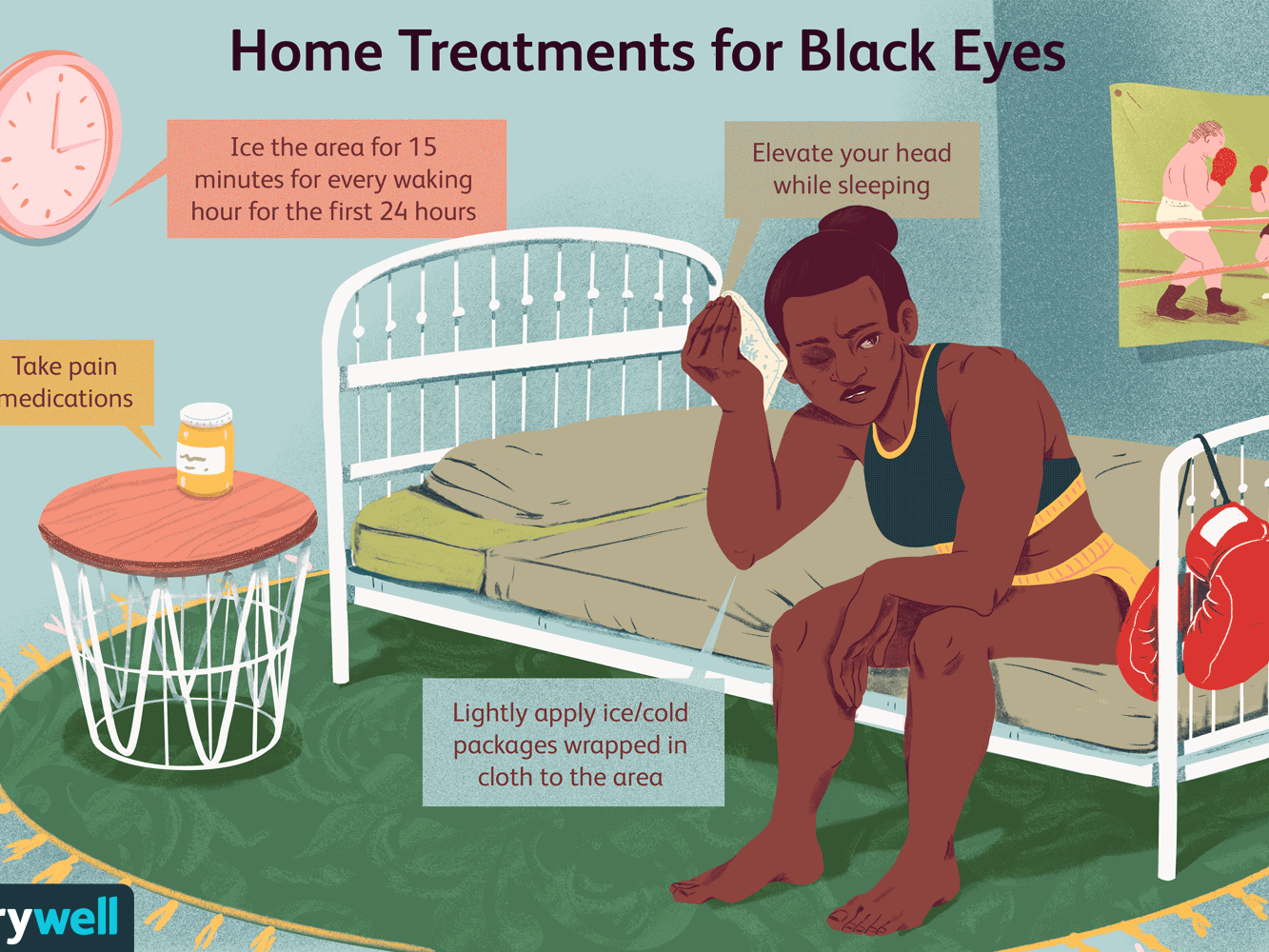
To reshape the neck and tighten it, a neck lift involves making incisions behind or ahead of the ears. It is designed to smoothen the neck but not achieve the same results that a facelift. Keep reading for more information. This procedure is not recommended for people who are not prone to facial wrinkles. This procedure is not recommended for treating neck-wrinkle issues.
Isolated neck lift
An isolated neck lift, a surgical procedure that reshapes only the neck without removing any of the facial skin, is an option. This procedure reduces neck fat and makes the neck look sharper. The surgeon can also adjust the position of the platysma muscles and remove excess fat. Depending on the type of neck tissues, an isolated neck lift may also include the placement of a chin implant. The procedure involves making an incision behind your ear. The neck skin is then tightened around the earlobes. The procedure typically takes 12 to 14 days off of work.
Mini-facelift
Mini-facelifts are a common option for cosmetic surgery that improves the look of the neck, but not the full facelift. This type is performed most often on those aged between 35 and 64. Good candidates for this procedure are healthy, non-smokers, and without health issues that could affect the recovery time. Mini-facelifts involve fewer incisions. This procedure lifts only the midface, not the neck and brow.
T-Z plasty
T-Z plasty neck lifting is a relatively recent procedure that combines direct neck skin and fat excision with platysmaplasty. This tightens the muscles below the skin. Dr. Boynton makes a central cut on the neck. After that, Dr. Boynton will remove excess skin and tighten the underlying neck muscles. The remaining skin is redressed with careful suturing.

Liposuction
Without undergoing a facelift, neck lift surgery using liposuction can improve the appearance and shape of the neck. The procedure is typically performed under local pain management and takes approximately 30 minutes. For additional comfort, light intravenous sedation can be used. The procedure is generally painless, and the sutures used to close the small access incisions dissolve on their own. Afterward, swelling and discoloration will gradually go down. In 3-4 days, patients can put on camouflage and resume normal activities. Patients are encouraged and encouraged to return to exercise and physical activity after the procedure.